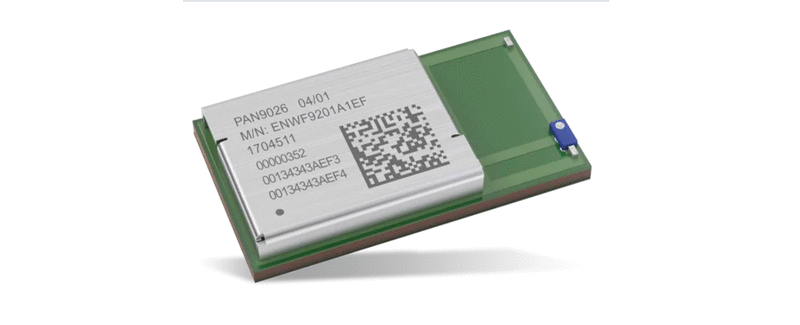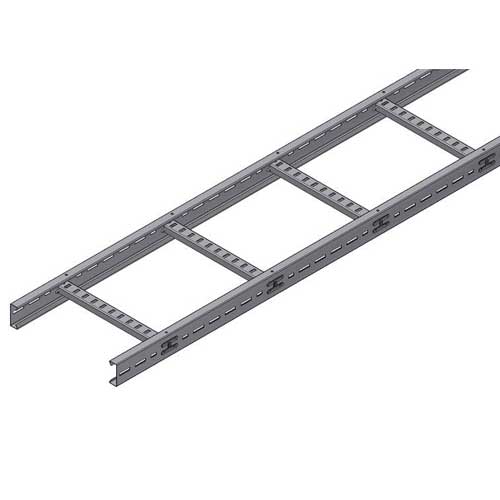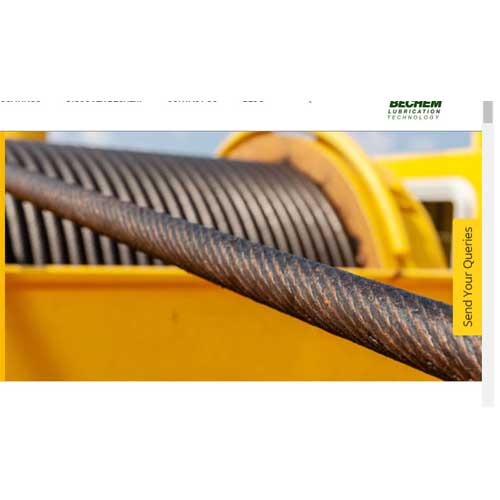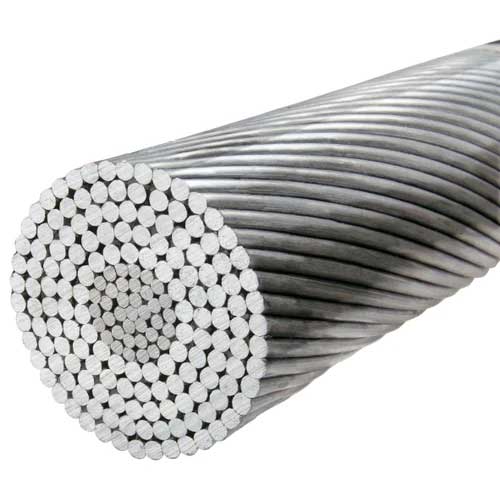Schedule a Call Back
WSN tech to deliver advanced sensing enabling Industry 4.0
 Articles
Articles- Aug 27,19

Related Stories

Collins Aerospace Opens Major Manufacturing Hub in Bengaluru
New 26-acre facility to produce advanced aerospace systems for global markets.
Read more
Servotech Renewable Wins Rs 163.1 Mn Solar Project from REMCL
Servotech Renewable Power System Ltd. has been awarded a ?16.31 crore on-grid solar project by Railway Energy Management Company Limited.
Read more
Global Electronics Association Unveils Double Materiality Toolkit for CSRD Compliance
The Global Electronics Association has launched a DMA Toolkit to help electronics companies meet CSRD reporting demands with structured, sector-specific guidance.
Read moreRelated Products

Ladder Type Cable Tray
Rama Enterprises offers a wide range of ladder type cable tray.

Wire Rope Greases
Bechem Lubrication Technology offers a wide range of wire rope greases.

ACSR Conductor and Cable
TMA International Pvt Ltd offers a wide range of ACSR
conductor and cable













